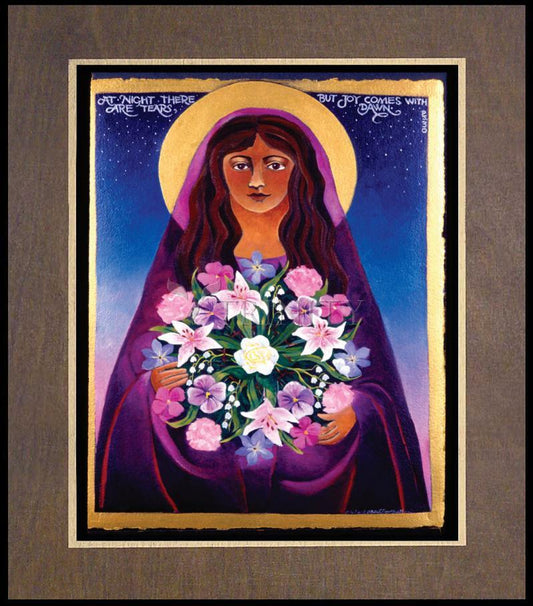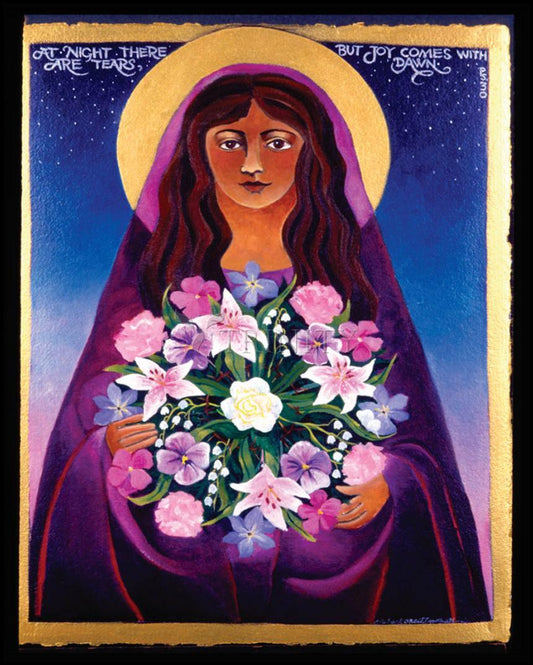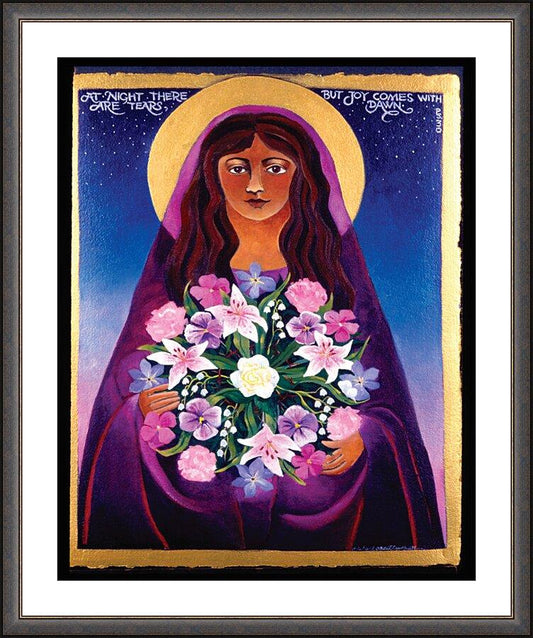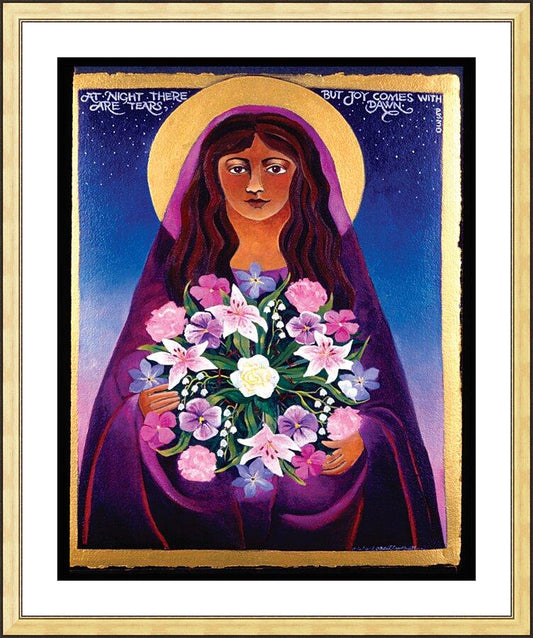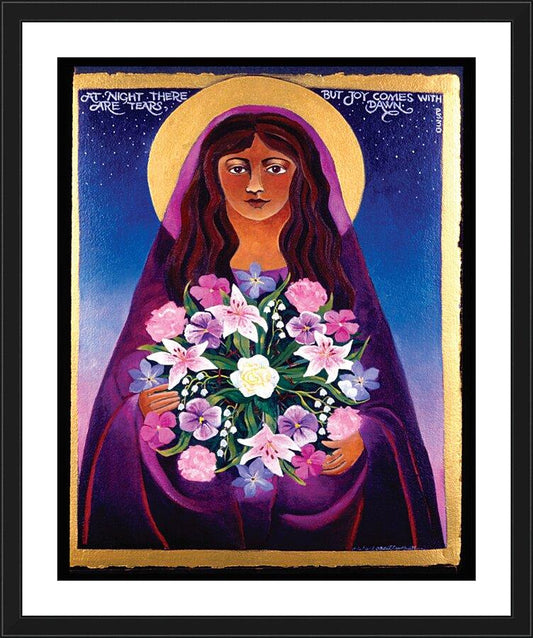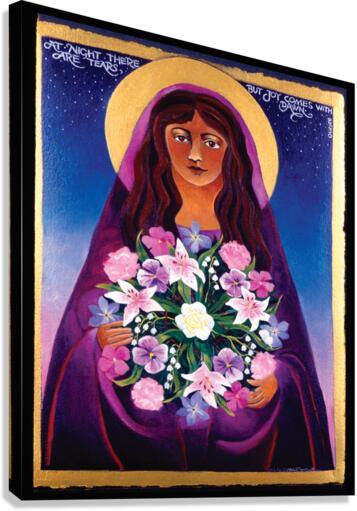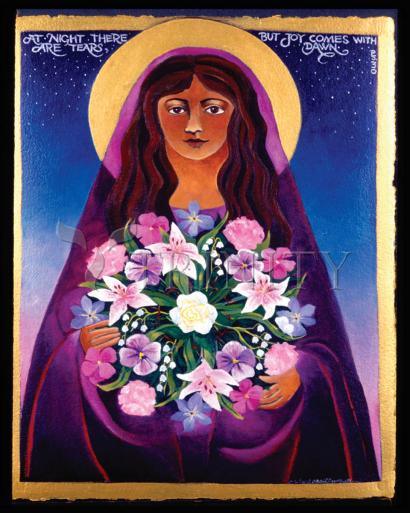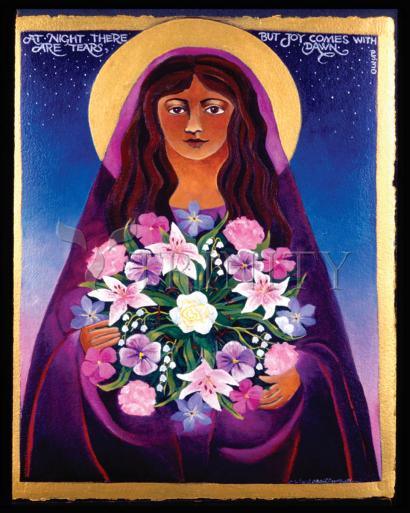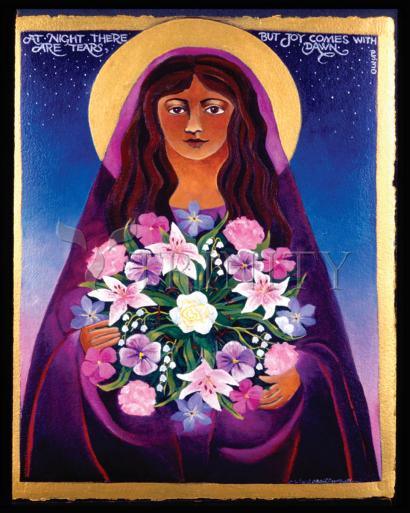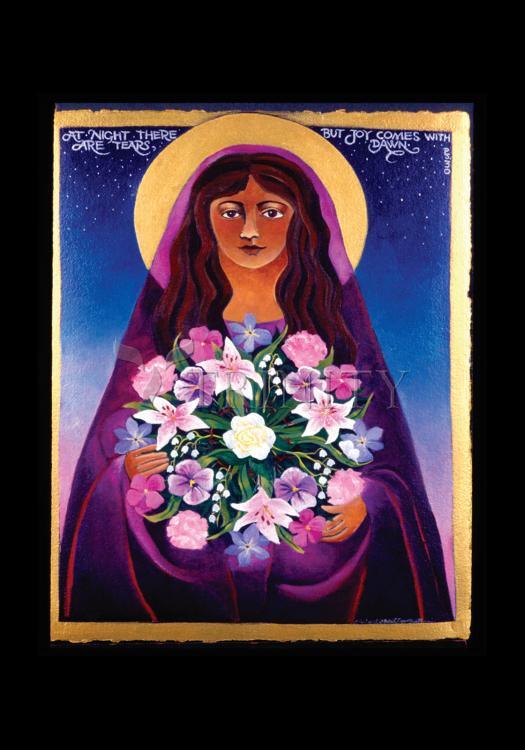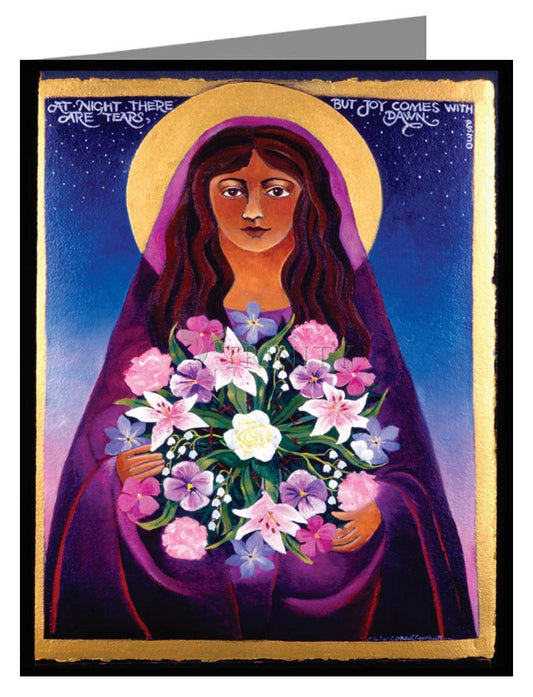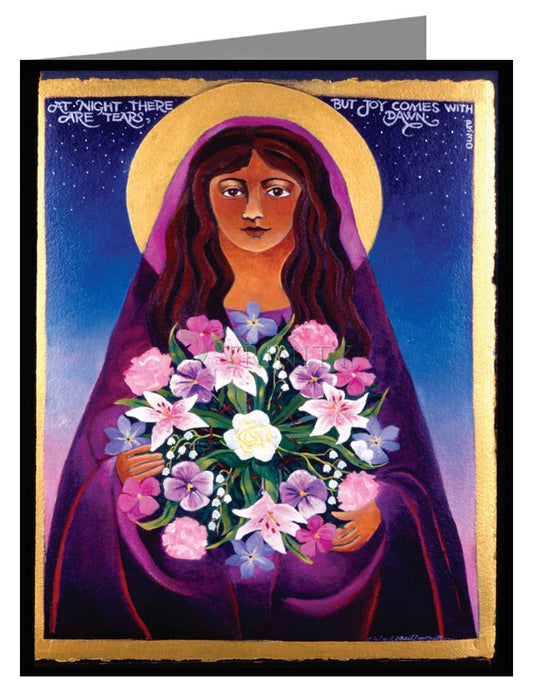Except for the mother of Jesus, few women are more honored in the Bible than Mary Magdalene. Yet she could well be the patron of the slandered, since there has been a persistent legend in the Church that she is the unnamed sinful woman who anointed the feet of Jesus in Luke 7:36-50.
Most Scripture scholars today point out that there is no scriptural basis for confusing the two women. Mary Magdalene, that is, "of Magdala," was the one from whom Christ cast out "seven demons" (Luke 8:2)"an indication, at the worst, of extreme demonic possession or, possibly, severe illness.
Father Wilfrid J. Harrington, O.P., writing in the New Catholic Commentary, says that "seven demons" "does not mean that Mary had lived an immoral life"a conclusion reached only by means of a mistaken identification with the anonymous woman of Luke 7:36." Father Edward Mally, S.J., writing in the Jerome Biblical Commentary, agrees that she "is not...the same as the sinner of Luke 7:37, despite the later Western romantic tradition about her."
Mary Magdalene was one of the many "who were assisting them [Jesus and the Twelve] out of their means." She was one of those who stood by the cross of Jesus with his mother. And, of all the "official" witnesses that might have been chosen for the first awareness of the Resurrection, she was the one to whom that privilege was given. She is known as the "Apostle to the Apostles."
Stories:
Today's Gospel (John 20:1"2, 11"18) shows Mary at first not recognizing the risen Jesus in the garden, then knowing him as he spoke her name. Her great love bursts forth, echoing the First Reading, "I took hold of him and would not let him go" (Song 3:4b). Jesus says, "Stop holding on to me, for I have not yet ascended to the Father" (John 20:17a). The meaning probably is that there is an entirely new relationship now"a much deeper one, resting in faith rather than the former relationship that was possible because of his visible body. Saint John may also be stressing the fact that Jesus' exaltation at the right hand of the Father is the completion of the Resurrection.



